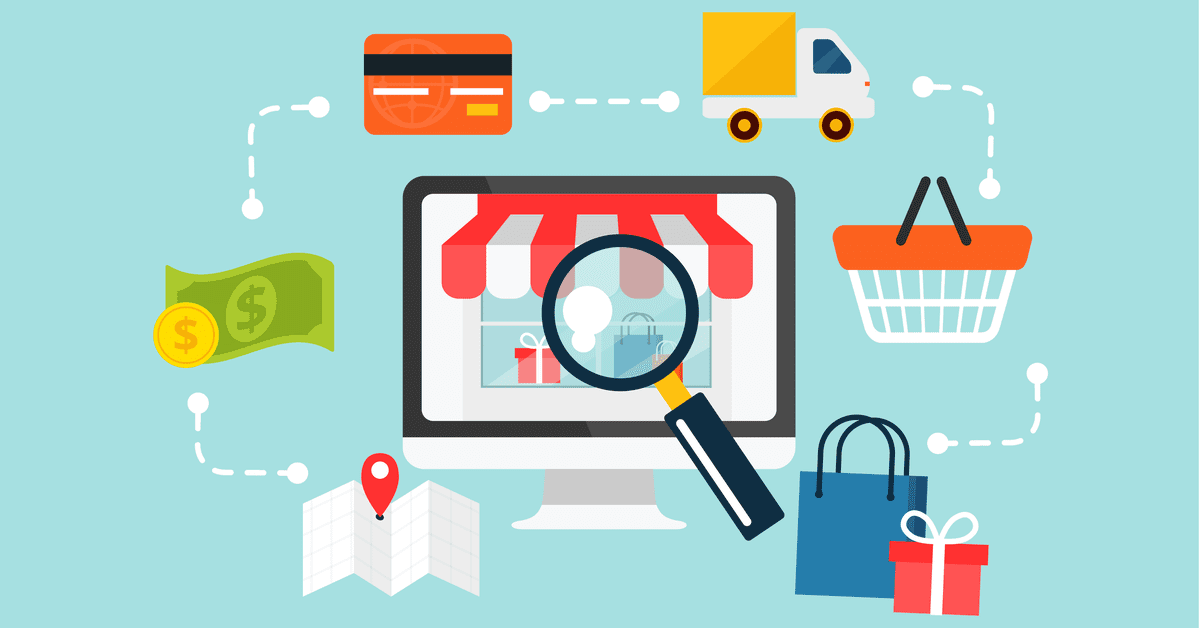Having an eCommerce website serves as a crucial foundation for your business, but to ensure it functions seamlessly and keeps customers engaged, you need to implement various key features. These features not only enhance user experience but also improve your chances of attracting and converting customers.
Here’s a comprehensive list of essential eCommerce website features that can help encourage visitors to stay on your site and make purchases:
Why eCommerce Website Features Matter
A website that loads quickly and is easy to navigate is more appealing to users, minimizing their effort and frustration. A well-designed eCommerce site can boost your business’s credibility, enhance user experience, and increase conversion rates.
Top 19 eCommerce Website Features
1) User-Friendly Design
- The design of your website is the first thing customers notice. If your site isn’t easy to use, visitors are likely to leave quickly. A seamless, intuitive design is crucial for keeping customers engaged and encouraging them to explore your products.
2) High-Quality Product Videos
- Incorporate high-quality videos and images to build credibility and showcase your products dynamically. Well-produced visuals can convey more than text descriptions and significantly enhance customer engagement and conversion rates.
3) Site Search Functionality
- A robust site search feature helps users find specific products quickly, whether they know exactly what they’re looking for or need guidance. Ensure the search bar is visible, straightforward, and efficient to improve user experience.
4) Reviews and Ratings
- Customer reviews and ratings build trust and provide social proof. Positive feedback can influence potential buyers and enhance your business’s credibility, making it an essential feature for any eCommerce site.
5) Clear Return Policy
- A transparent and generous return policy can boost customer confidence and encourage repeat business. Display your return policy clearly on product pages and near the cart button to ensure it’s easily accessible.
6) Footer Section
- The footer section may seem minor, but it’s an important navigational tool. Include links to top products, services, and social media profiles to make it easy for customers to find information and engage with your brand.
7) FAQs Section
- An FAQ section addresses common questions and concerns, improving the customer experience and reducing the burden on your support team. A well-crafted FAQ page also helps with SEO by providing valuable content for search engines.
8) Store-Specific FAQs
- Beyond product-related FAQs, include questions about your online store such as payment methods, shipping policies, and security measures. This additional layer of information helps customers and streamlines support.
9) Order Tracking
- Allow customers to track their orders in real-time. This feature enhances transparency and reduces uncertainty, improving customer satisfaction and trust in your business.
10) Coupon Codes
- Offering discounts and coupon codes is a great way to attract and retain customers. Highlight major promotions on your homepage and offer additional deals through a “View More” option to keep customers engaged.
11) Product Availability Filter
- Include a filter to show product availability based on location or payment preferences. This feature helps customers quickly find products that meet their needs and are available to them.
12) Multilingual Support
- Catering to customers in their native languages can enhance their experience and build trust. Implement multilingual support, such as Google Translate, to connect with a broader audience.
13) Social Media Integration
- Integrate your social media profiles with your website to drive traffic and build a loyal community. Encourage customers to share their reviews and engage with your brand on social platforms.
14) Loyalty Program Integration
- A well-structured loyalty program can increase customer retention and drive repeat sales. Offer various loyalty rewards, such as tiered discounts or referral bonuses, to incentivize continued patronage.
15) Mobile-Friendly Features
- Ensure that your website is fully optimized for mobile devices. A mobile-friendly site improves the user experience and caters to the growing number of customers shopping via smartphones.
16) Email Opt-In
- Use email opt-in forms to capture potential customers who leave without purchasing. Regular email updates about new products and exclusive offers can help re-engage these visitors and drive conversions.
17) Multiple Payment Options
- Offering a variety of payment methods can reduce cart abandonment and increase sales. Ensure your payment options are secure and accessible across different regions.
18) Excellent Customer Support
- Provide top-notch customer support through features like chatbots or live chat. Accessible and responsive support helps build customer trust and improves overall satisfaction.
19) Detailed Product Descriptions
- Comprehensive product descriptions help customers make informed purchasing decisions. For smaller businesses, detailed descriptions can build credibility and reassure customers about the quality of your products.
Conclusion
Implementing these 19 essential eCommerce website features can significantly enhance your online business by attracting and retaining customers. Platforms like Windo can simplify the process of creating an effective online store. Continuously seek and act on customer feedback, and conduct A/B testing to refine your features. This approach will help drive more sales, increase customer satisfaction, and build loyalty.

